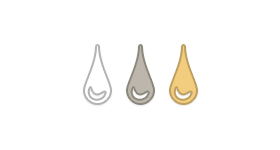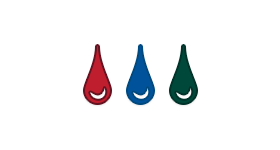- Continue Shopping
- Your Cart is Empty
Learn the Basics
A little knowledge can go a long way.
The Make

Hand-knotted
Millions of individual knots tied by a skilled craftsman.
- Built to last
- Can be repaired, cleaned
- Fine details

Hand-woven
(a.k.a. dhurrie, kilim)
Weaving material by hand through a warp and weft.
- Affordable handmade
- Can be repaired, cleaned

Power Tools
Tufts of material are punched through the loom with a powered powered tufting guns.
- Short production time
- Affordable piled rug

Machine Made
Similar to a newspaper ream, "woven" by machine and cut to size.
- Shortest production time
- Inexpensive
The Materials

Natural Fibers
Wools, cotton, jute, sisal, silk, etc.

Natural Dyes
Indigo, madder, and others are dyes created with roots and plants.

Modern Fibers
Acetate, Nylon, Polyester, Polypropylene are synthetic or processed materials.

Modern Dyes
Chrome dyes synthesized from potassium bichromatic.
The Look

Light Colors
Whites, beiges and grays will brighten up a room and make it appear larger.

Rich Colors
Deep or bright colors will create a cozier atmosphere and segment a room sharply.

Traditional
Centuries of weaving have established classic and regional designs with rich histories. Commonly rely on natural, local dyes, but some have been updated with modern color palettes and washes.

Modern
Pop and contemporary art influence rugs with an array of abstract, amorphous and geometric designs. Commonly found in very bright colors or neutral tones.
The Size

Anchor
Decide where the center of the rug should be and with what point in the room it aligns (e.g. the center of the couch). This is your center point for measuring.

Measure
Use a measuring tape to define the area your rug should cover.

Compare
Measure adjacent furniture and compare it to the defined space size. To make a room look larger, the defined space size should be larger than the adjacent furniture. (i.e. your rug should be longer than your coffee table)





